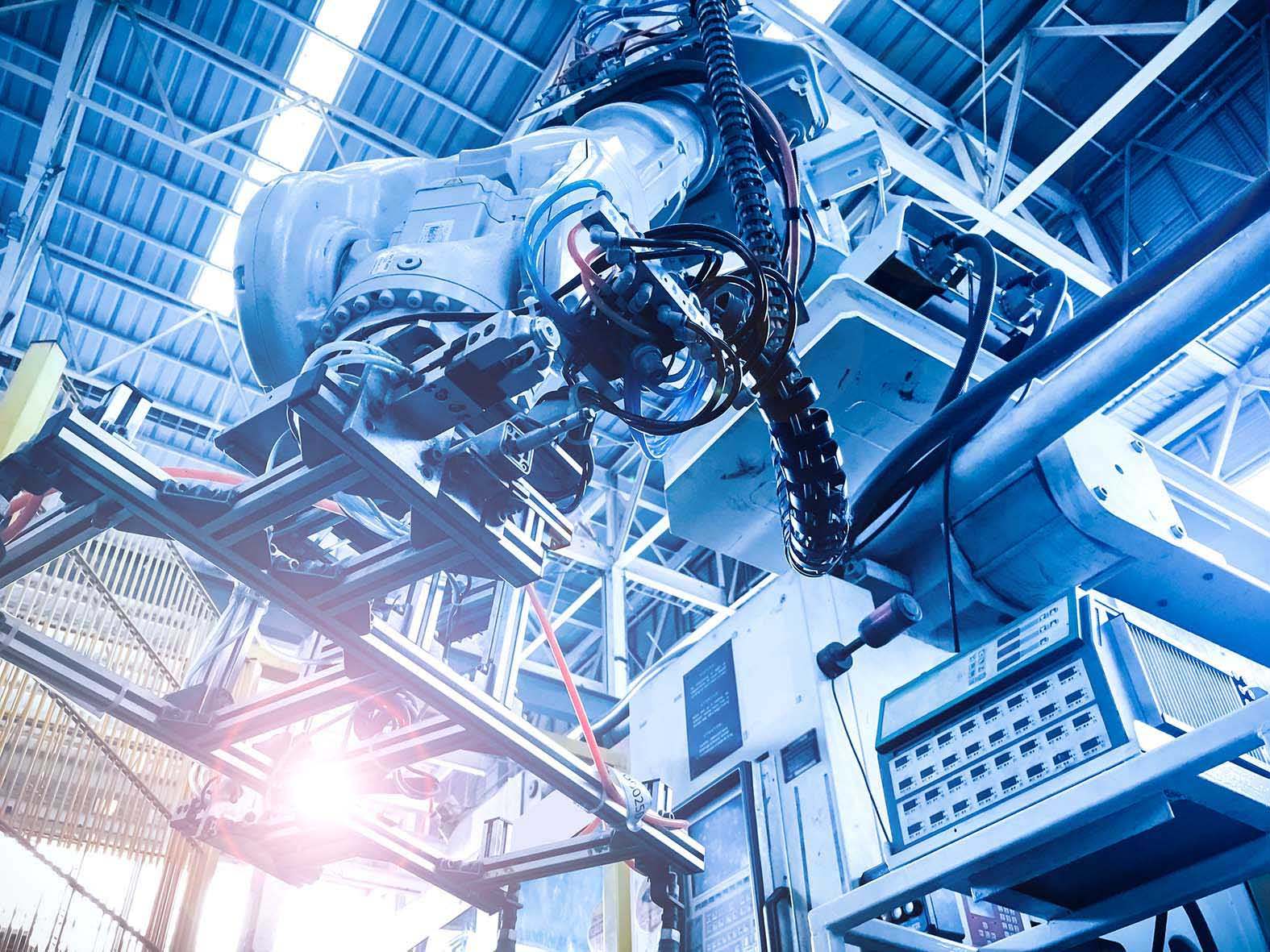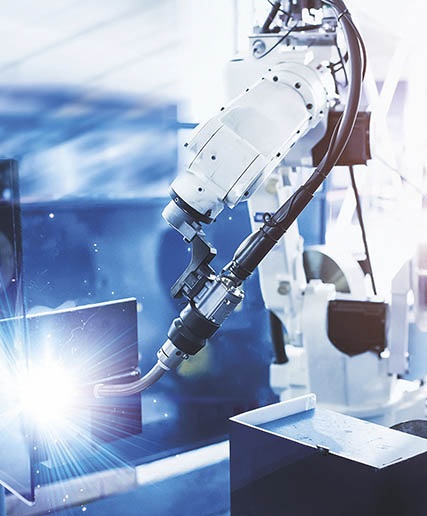Get in touch with us
Open application
- Home
- industry 4.0 and automation
-
How can automation improve the quality of your machines?



Mechanical engineers are faced with tough challenges: their customers are looking for solutions with which to serve markets that are more dynamic and more demanding than ever. How can machine automation contribute to this?
To be competitive, production costs must be
reduced, product quality must be increased, and deliveries must become even
more reliable. The time between ordering and delivery is becoming ever shorter.
Faster delivery calls for greater flexibility in production. At the same time,
there is a growing shortage of labour. The key is to get more done with fewer
people. What role could mechanical engineers play? And how can automation help?
We provide a few examples.
Higher production quality with big data: measuring and analysing
By measuring with sensors, the customer can reduce the number of product faults. Data from the product tests once the production process has ended can be compared with data that the customer collects during the different process stages. This makes it possible to identify patterns that help to prevent faulty productions or remove them earlier in the production process. In this way, you can improve the quality of production.
Better design through computer simulation
Simulation with 3D visualisation is being used more widely and with increasing frequency in processes. Operators can use 3D simulation to test and simulate the machine settings for the next product even before production starts. This reduces the set-up time needed for machines and improves quality.
Advantages of connecting with industrial IoT
The industrial Internet of Things brings together machines, people, and analyses. This is done via machines and devices that incorporate modern communication technologies. It results in systems that are able to perform monitoring and collect, exchange, and analyse data, with new insights as a possible outcome. The benefits:
Digital and modular machine design
By designing machines fully digitally, you can create a digital twin – an exact copy of the machine. This allows you to make quick adjustments to the design and evaluate them without making any physical changes to the machine. By also taking a modular approach to designing, you can easily adapt existing models. In modular design, you use subsystems in which you can make changes without affecting the rest of the system. By keeping changes local where possible, this facilitates interchangeability and scalability.



After the age of steam power and the first machines, the invention...
Industry 4.0 starts with the question: why do customers choose my product...
For small and medium-sized industrial companies, investments in automation may form an...
There are several reasons why you could opt for industrial automation, such...
As a mechanical engineer, you can use the possibilities offered by Industry...
Curious about what Industry 4.0 can do for your business?